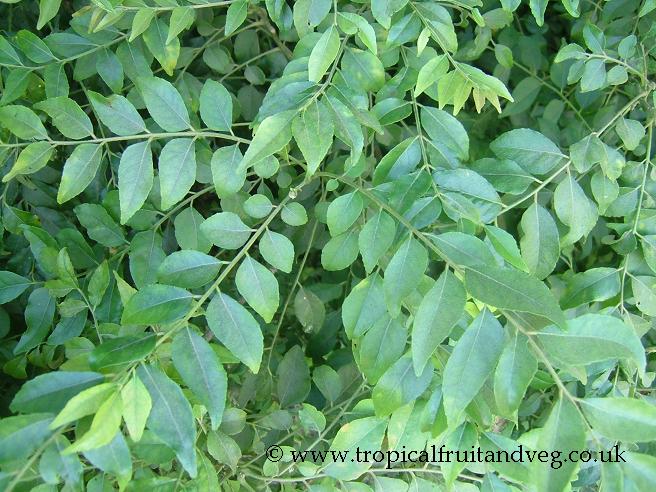| Propagation: 21 to 25 of 93 NextPage Go to Page: 1 2 3 4 5 6 7 8 9 10 11 12 13 14 15 16 17 18 19 | |

|
Coriander
Botanical Name: Coriandrum sativum Coriander is usually grown from seed. It requires lots of warmth for germination and grows best in a warm sunny area. It has a large taproot considering its size and best sown in its final growing place as it does not transplant well. The herb will grow relativily easily in the UK - sow seeds in a deep pot (atleast 25cm) throughtout the spring and summer or in the garden in a sunny spot from late spring, it will germinate in 7 to 15 days and be ready for use after about 5 weeks. The seeds should be relativily fresh (less than 12 months) and if whole, crush them a little first. It can grow to 50cm but is best used as a fresh herb before it is fully grown while leaves are still large (1 to 1.5 cm) and flowers have not formed. If you want the seeds then leave the plant to flower and set seed, which can take another 3 to 6 weeks. |

|
Curry Leaf
Botanical Name: Murraya koenigii, Bergera koenigii From seed or semi-ripe stem cuttings. |

|
Custard Apple
Botanical Name: Annona reticulata Seed is the usual means of propagation. Nevertheless, the tree can be multiplied by inarching or by budding or grafting onto its own seedlings or onto soursop, sugar apple or pond apple rootstocks. Custard apple seedlings are frequently used as rootstocks for soursop and sugar apple. |

|
Date Palm
Botanical Name: Phoenix dactylifera Date palms grow readily from seed. They should be kept warm and constantly wet for germination. Dates grown from seeds can take 6 to 10 years to fruit. The best and common means of propagation is by transplanting the suckers. |

|
Dill
Botanical Name: Anethum graveolens The seeds are viable for 3-10 years. Plants intended for seed for further planting should not be grown near fennel, as the two species can hybridise. |
| 21 to 25 of 93 NextPage Go to Page: 1 2 3 4 5 6 7 8 9 10 11 12 13 14 15 16 17 18 19 | |